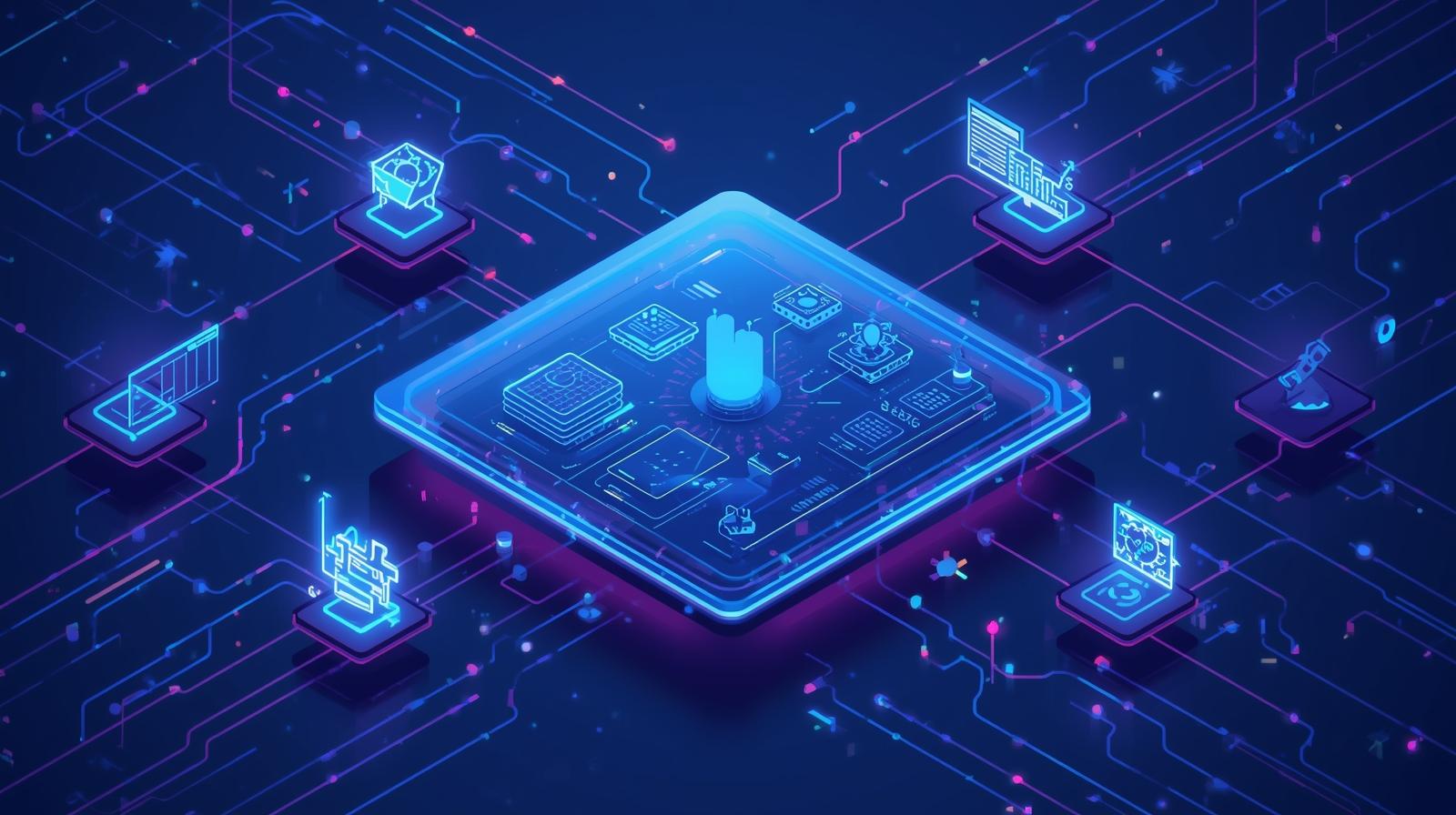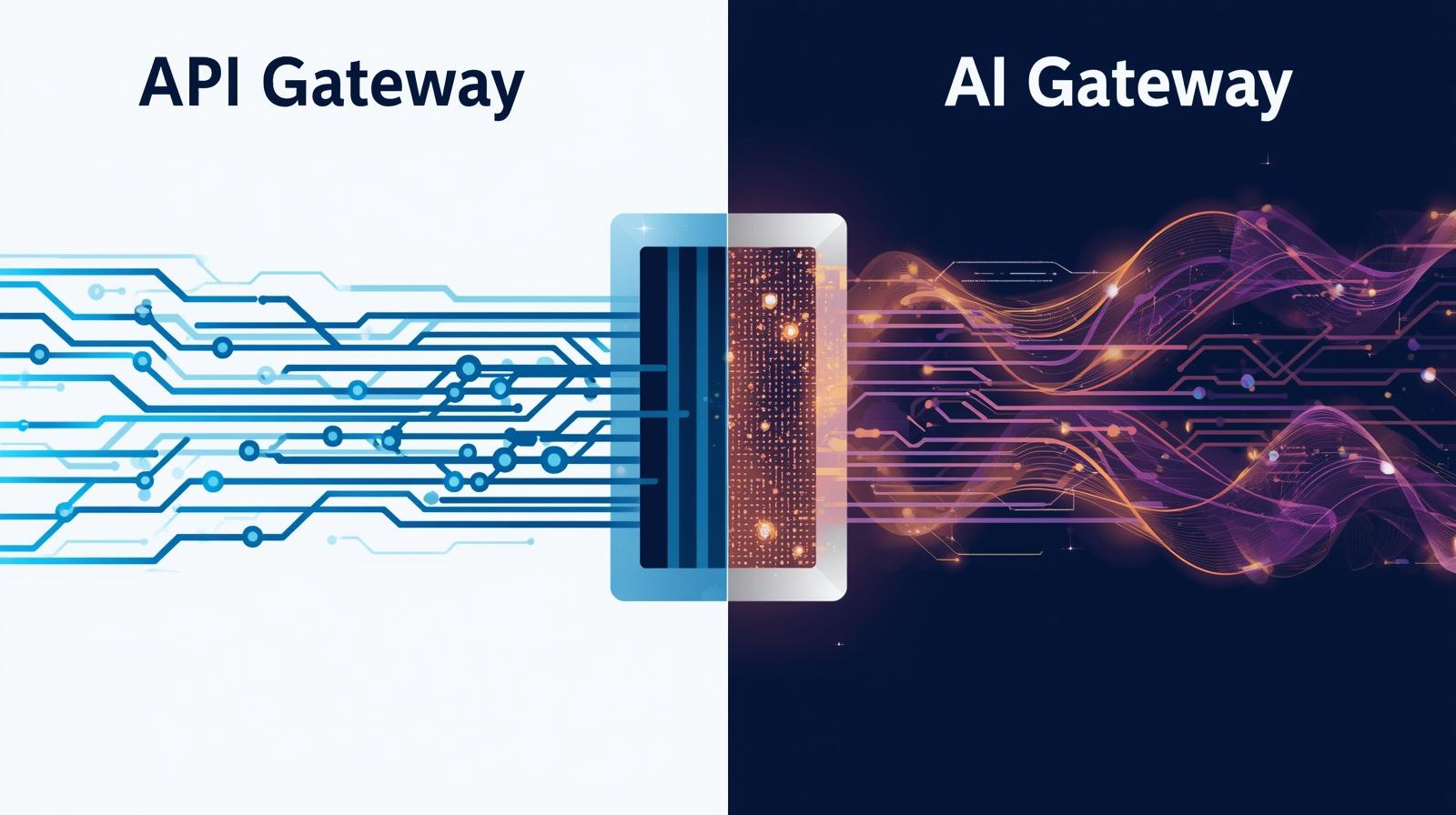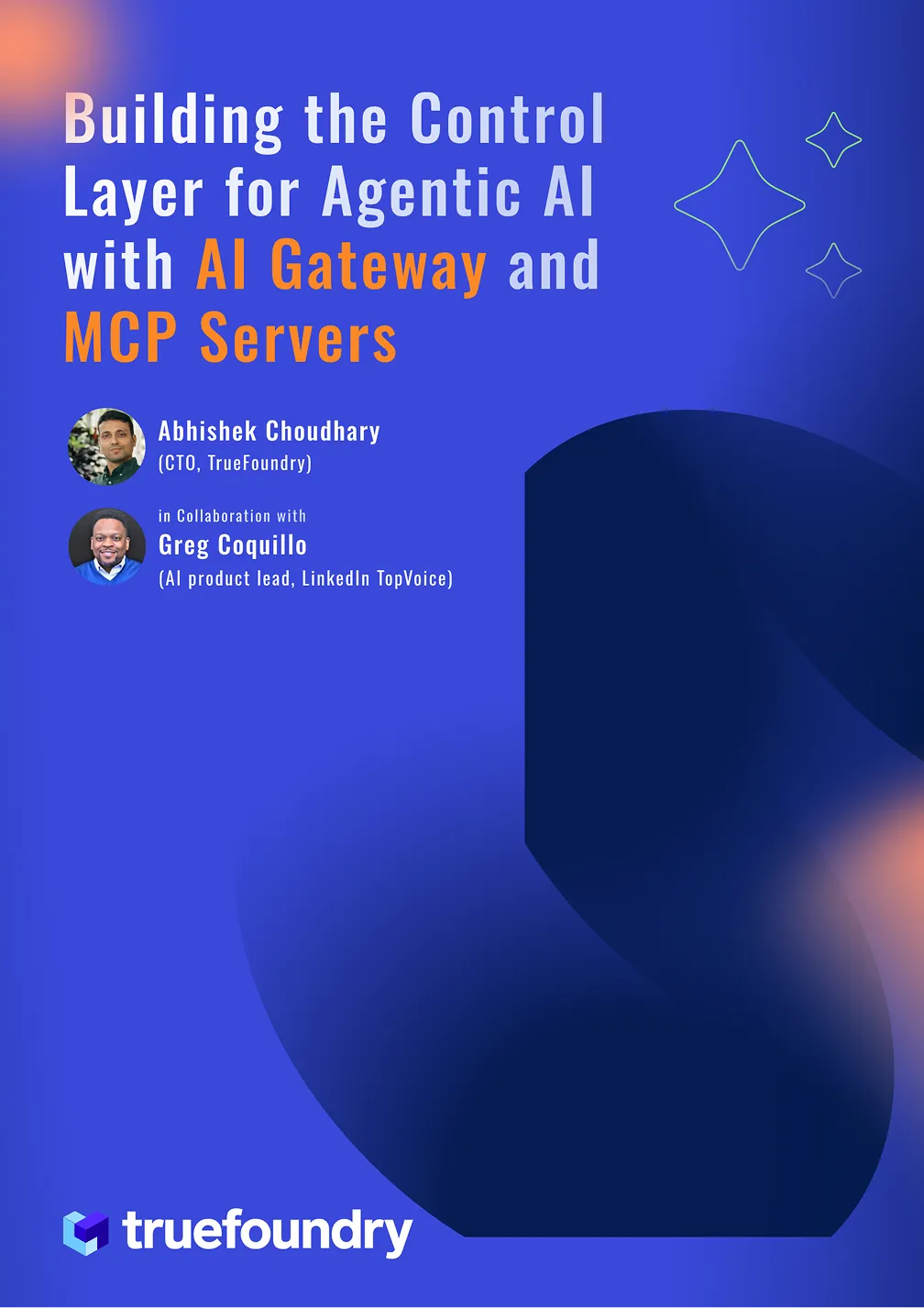Langflow vs LangGraph: Which LLM Framework Fits Best?
When building LLM-powered applications, developers often look for tools that make it easier to prototype, orchestrate, and manage workflows. Two frameworks that frequently come up in this space are Langflow and LangGraph.
Langflow is designed as a visual, low-code interface for creating LLM applications. It allows developers to drag, drop, and connect components, making it ideal for rapid prototyping and experimentation without deep coding.
LangGraph, in contrast, focuses on stateful workflow orchestration. It uses a graph-based architecture that supports loops, branching, retries, and multi-agent coordination—features crucial for deploying robust, production-ready AI systems.
In this comparison, we’ll explore how Langflow and LangGraph differ in their design philosophies, strengths, and use cases, helping you choose the right framework for your AI development needs.
What Is Langflow?

Langflow is a tool that helps you build applications using large language models without starting from scratch. It gives you a simple, visual interface where you can drag and drop different parts of your workflow, connect them together, and see how they work in real time.
Instead of writing long pieces of code, you can create an AI application by linking ready-made components like prompts, APIs, data sources, and tools. If you do need custom logic, Langflow also lets you add your own code blocks so you get the best of both worlds: simplicity when you want it and flexibility when you need it.
One of Langflow’s strengths is that it works well for both beginners and experienced developers. Beginners can use it to quickly experiment with ideas, while advanced users can connect it to frameworks like LangChain, vector databases, and retrieval systems to build more powerful apps.
For example, you could create a chatbot that answers questions from your company’s documents. In Langflow, you would just add a data loader to pull in your documents, connect it to a retriever, feed it into a language model, and then decide how the output should be shown to the user, all visually, without complex coding.
Because it is open-source, you can run Langflow on your own machine or server, keeping control of your data. Langflow makes it faster and easier to design, test, and launch AI-powered applications in a way that feels intuitive and approachable.
What Is LangGraph?

LangGraph is a framework for building AI applications that need to follow a clear process and remember what has happened along the way. It lets you design your application as a series of steps, called nodes, that can connect in different ways depending on what the AI needs to do next.
This approach makes LangGraph very good for multi-step and adaptive workflows. Instead of the AI just answering one question at a time, you can set it up to make decisions, loop back to earlier steps, or take different paths based on what it learns during the process.
LangGraph also supports keeping state, which means the AI can hold on to information from earlier steps and use it later. This is important for tasks like long conversations, research projects, or troubleshooting guides where context really matters.
It works well with popular AI tools and libraries, so you can combine it with model calls, API requests, or custom code. It also has built-in support for human checkpoints, letting you pause the workflow for review before moving on, a valuable feature for sensitive use cases.
Because LangGraph gives you a visual map of how your AI is working, it is easier to debug and improve. You can see exactly which path it took and why. LangGraph is a great choice if you need AI that can follow structured steps, adapt as it goes, and keep track of important details along the way.
Langflow vs LangGraph
Langflow is focused on making it easy to design and test AI applications visually. Its drag-and-drop interface lets you connect prompts, tools, and data sources quickly, making it a great choice for rapid prototyping or for people who prefer a no-code or low-code approach. While it supports advanced components, its strength lies in helping you get ideas up and running fast without worrying about complex backend setups.
LangGraph, on the other hand, is built for managing structured, multi-step AI workflows. It gives you fine control over how your AI moves between steps, remembers information, and adapts to different situations. This makes it better suited for long-running, context-heavy processes where the AI’s decision path and state need to be carefully managed and understood.
When to Use Langflow
Langflow is a great choice when you want to quickly design, test, and deploy AI applications without spending a lot of time writing code. Its visual drag-and-drop interface makes it easy to link different components together, so you can focus on building your idea rather than managing technical complexity.
If you are working on rapid prototyping, Langflow really shines. You can try out different prompts, connect to APIs, and experiment with data sources in minutes. This makes it perfect for brainstorming sessions, proof-of-concept projects, or hackathons where speed matters more than building a fully optimized backend from scratch.
Langflow is also helpful for teams with mixed technical skills. Non-developers can build workflows visually, while developers can extend them with custom code where needed. This makes collaboration easier and reduces dependency on a single technical expert.
You should consider Langflow when:
- You want to test AI workflows before committing to a complex build.
- Your team prefers a no-code or low-code approach to application design.
- You need to integrate AI with other tools or APIs quickly.
- You are building lightweight AI apps where full-scale orchestration is not required.
For example, you could use Langflow to create a chatbot that answers questions from a company's FAQ. By adding a retriever, a language model, and a formatting step, you could have a working prototype ready in hours. Later, if you decide to make it more sophisticated, you can export the logic or integrate it into a more specialized orchestration tool.
Choose Langflow when speed, ease of use, and visual design are your priorities. It’s an excellent starting point for AI projects, especially when you want to move from idea to demo as quickly as possible.
When to Use LangGraph
LangGraph is the right fit when your AI application needs a clear process, memory across steps, and the ability to adapt as it runs. If your workflow involves more than a single prompt and answer, LangGraph helps you design the full path the AI should follow, including decisions, retries, and checks.
Use LangGraph for multi-step reasoning. You can break a problem into stages, such as plan, search, analyze, and write, then control how the AI moves from one stage to the next. If a result is weak, the flow can loop back to collect more context or try a different tool before continuing.
Choose LangGraph when the state must persist. The framework keeps track of important variables and past actions, so the AI remembers what happened earlier. This is vital for long conversations, investigative research, troubleshooting guides, or any process where earlier choices influence later steps.
It is also a strong choice when you need human-in-the-loop control. You can pause the workflow for review, approval, or edits, then resume with full context intact. This is valuable in finance, healthcare, legal, and enterprise environments where oversight and audit trails matter.
Consider LangGraph if you need:
- Structured, adaptable workflows with branching and looping
- Memory that carries forward across steps and sessions
- Tool usage at specific points with clear handoffs
- Visibility into execution for debugging and improvement
- Safe checkpoints for human review
While tools like Langflow are great for fast visual prototyping, LangGraph excels once you want predictable, transparent, and resilient AI behavior in real use. It gives developers control to design how the system thinks, acts, and recovers, which leads to AI applications that are easier to trust and scale.
Langflow vs LangGraph – Which is Best?
The choice between Langflow and LangGraph depends on whether you value speed and ease of building or control and adaptability.
Langflow is the better choice when you want to create AI applications quickly, experiment with different ideas, and build visual workflows without writing much code. It is ideal for prototypes, small projects, and teams that prefer a no-code or low-code environment. You can get something working fast and refine it over time.
LangGraph is the stronger option when you need precise control over how your AI operates. It excels at managing multi-step workflows, preserving context across steps, and adapting based on conditions. This makes it well-suited for production-grade AI applications where reliability, transparency, and adaptability are critical.
In simple terms, Langflow gets you from idea to working demo faster, while LangGraph ensures your AI can follow complex processes and make decisions in a predictable way. For many teams, the ideal setup may be to start with Langflow for early design and then move to LangGraph when the application needs more structure and long-term reliability.
TrueFoundry AI Gateway for Enterprise
TrueFoundry AI Gateway gives Langflow and LangGraph users a single, enterprise-grade layer for building, running, and scaling AI workflows with confidence. Whether you are rapidly prototyping in Langflow or orchestrating complex workflows in LangGraph, the Gateway adds model flexibility, deep observability, strong governance, and performance controls for production and enterprise environments.
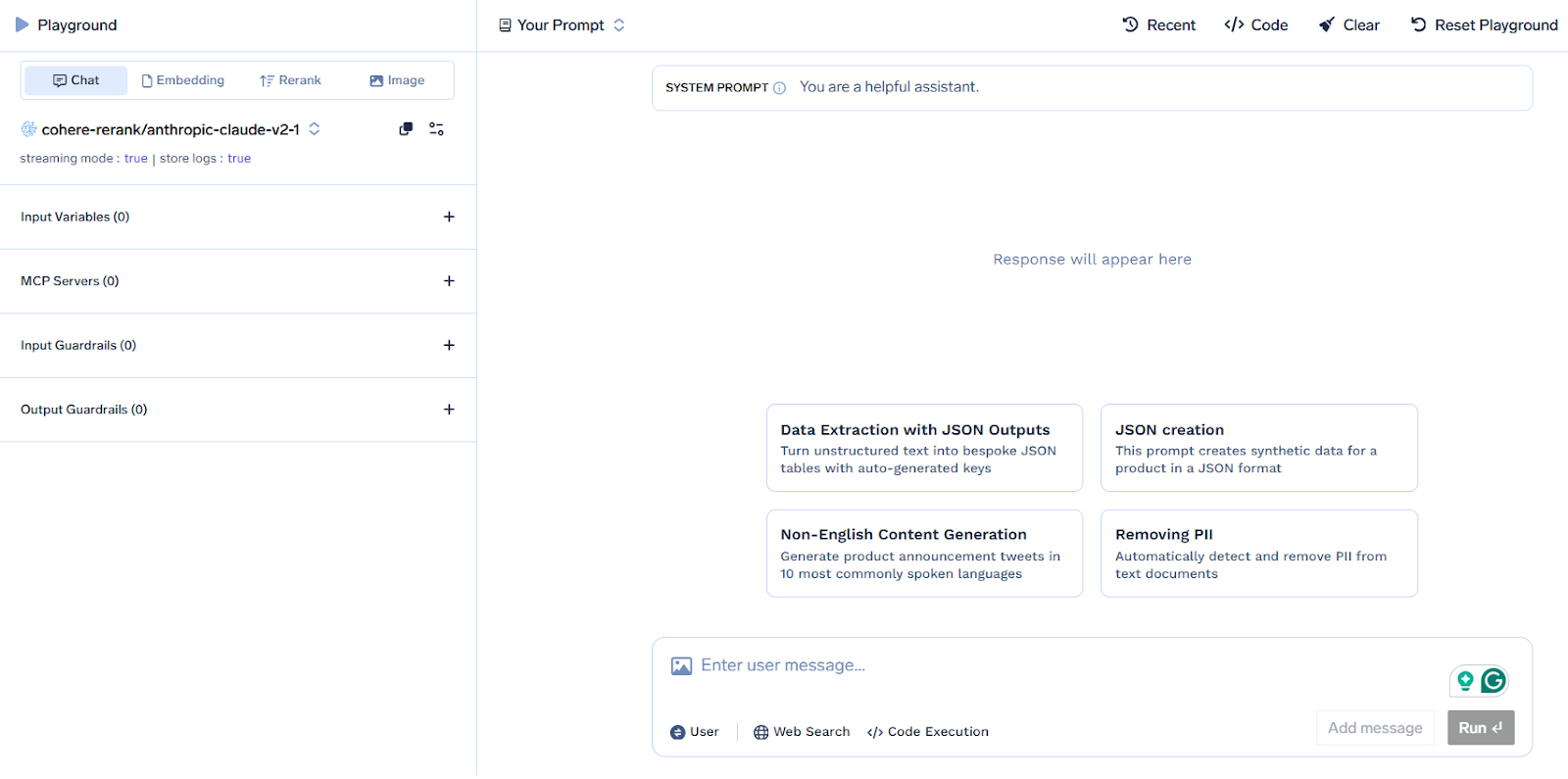
Chat Playground (With 250+ LLMs): The AI Gateway connects to over 250+ large language models through a single interface. Its Chat Playground lets you test prompts, compare model responses, and switch providers instantly without code changes. Supported models include OpenAI, Anthropic, Cohere, and open-source LLMs, allowing Langflow or LangGraph projects to experiment freely and select the best fit for performance, accuracy, or cost.

Monitoring: The Gateway offers complete monitoring with metrics for token usage, cost analysis, latency tracking, and error analysis. Developers can pinpoint slow responses, detect bottlenecks, and understand how model performance affects workflow execution. For LangGraph’s multi-step processes or Langflow’s prototypes, this visibility ensures better optimization and predictable operational costs in production.
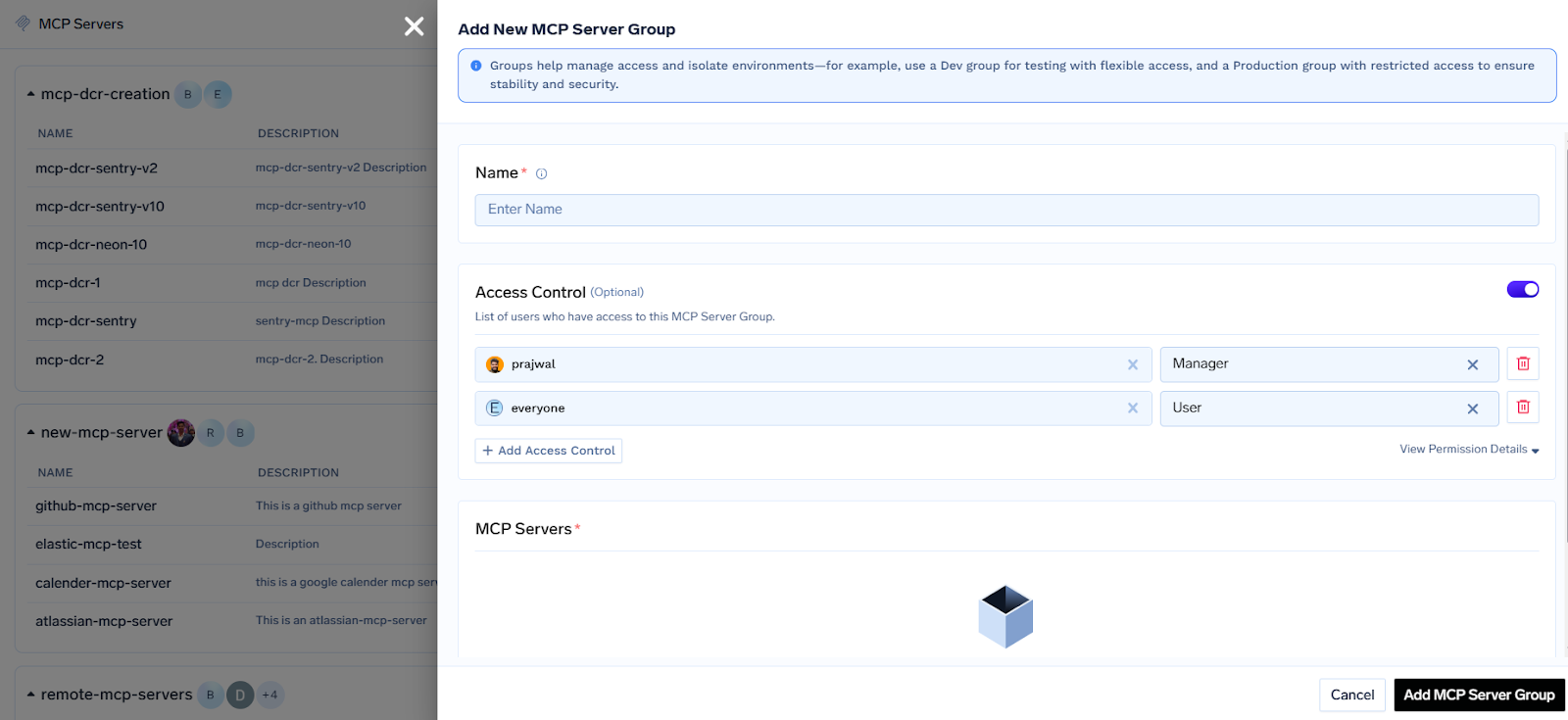
MCP Server: With MCP server support, you can add your own MCP servers to the Gateway and control access through OAuth authentication. This makes it easy to connect custom tools, APIs, or enterprise data sources securely. Both Langflow and LangGraph workflows can incorporate private resources while maintaining strict access controls.
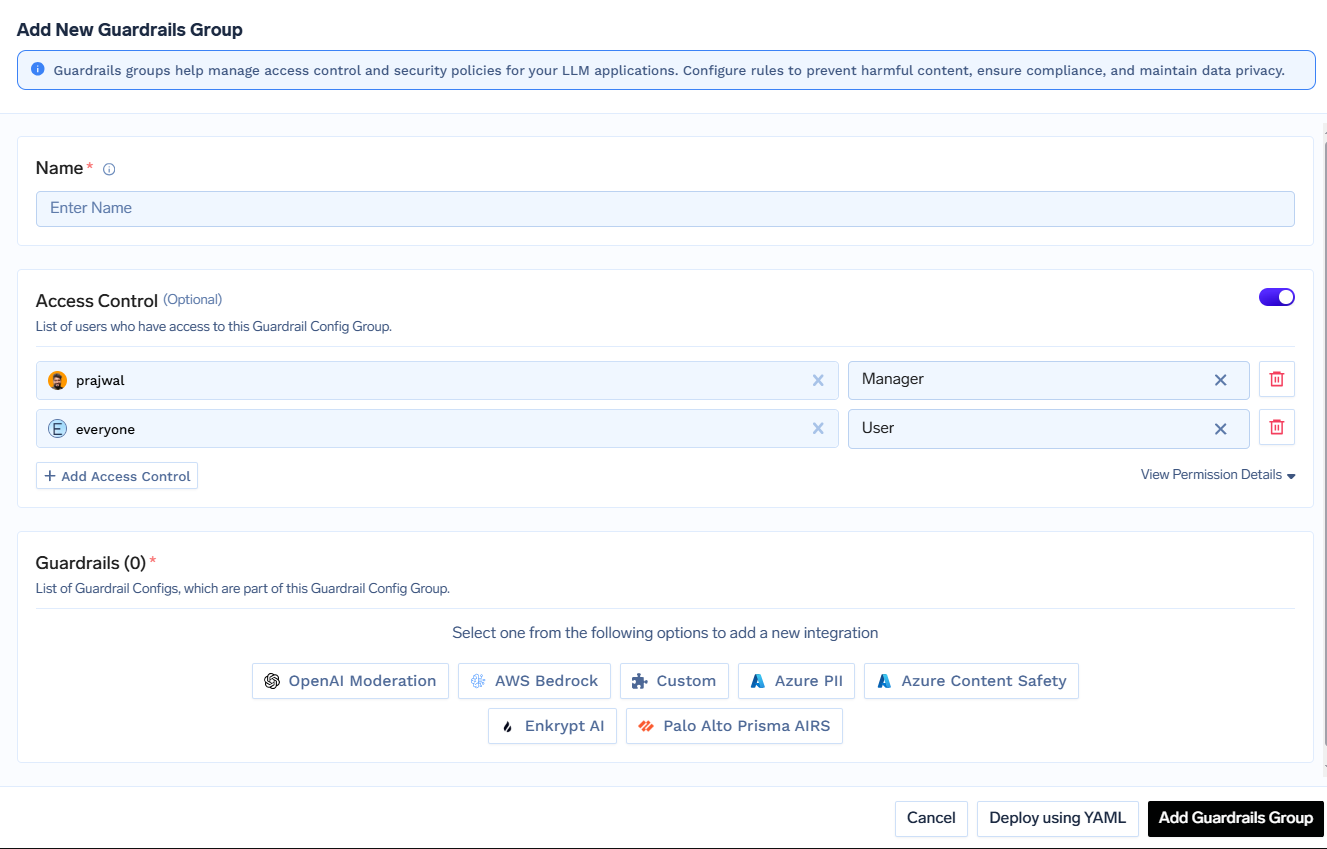
Guardrails: The AI Gateway includes built-in guardrails for PII detection and allows you to define custom guardrails for sensitive use cases. This is critical for workflows that must comply with privacy regulations or corporate governance rules. It helps prevent unintended outputs and keeps Langflow or LangGraph deployments compliant and safe.
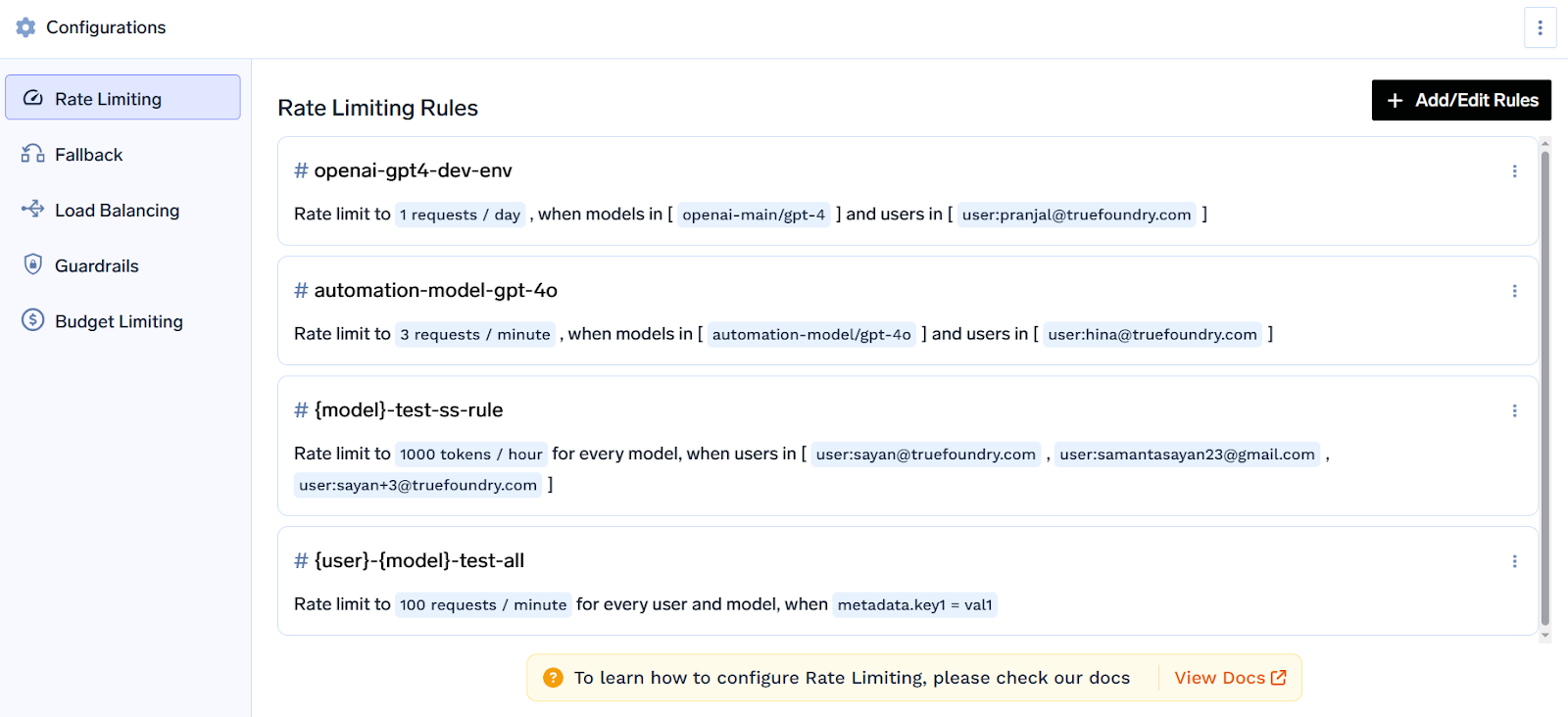
Configurations: The AI Gateway supports advanced configurations like fallback mechanisms, rate limiting, and load balancing. These ensure consistent performance even under high traffic or when a model fails. LangGraph’s long-running processes and Langflow’s rapid API calls both benefit from these controls, delivering reliable AI experiences at any scale.
Conclusion
Langflow and LangGraph serve different purposes in the AI development lifecycle. Langflow is ideal for visually designing and rapidly prototyping AI workflows, while LangGraph excels at orchestrating adaptive, stateful processes for production. Your choice depends on whether speed or control is the priority. For teams aiming to combine both approaches with enterprise reliability, TrueFoundry AI Gateway delivers the missing layer. With multi-model access, deep monitoring, security guardrails, and advanced configurations, it ensures Langflow and LangGraph workflows run efficiently, securely, and at scale. This makes it the perfect companion for turning prototypes into high-performing, enterprise-grade AI applications.
Built for Speed: ~10ms Latency, Even Under Load
Blazingly fast way to build, track and deploy your models!
- Handles 350+ RPS on just 1 vCPU — no tuning needed
- Production-ready with full enterprise support
TrueFoundry AI Gateway delivers ~3–4 ms latency, handles 350+ RPS on 1 vCPU, scales horizontally with ease, and is production-ready, while LiteLLM suffers from high latency, struggles beyond moderate RPS, lacks built-in scaling, and is best for light or prototype workloads.






